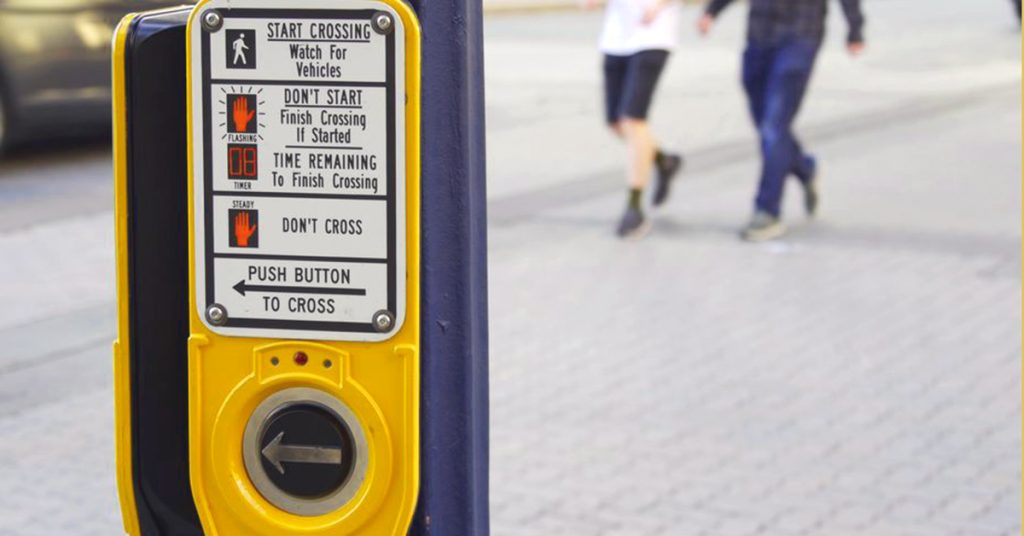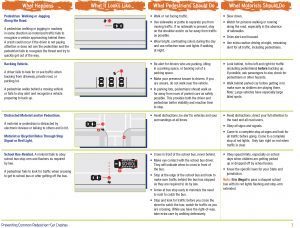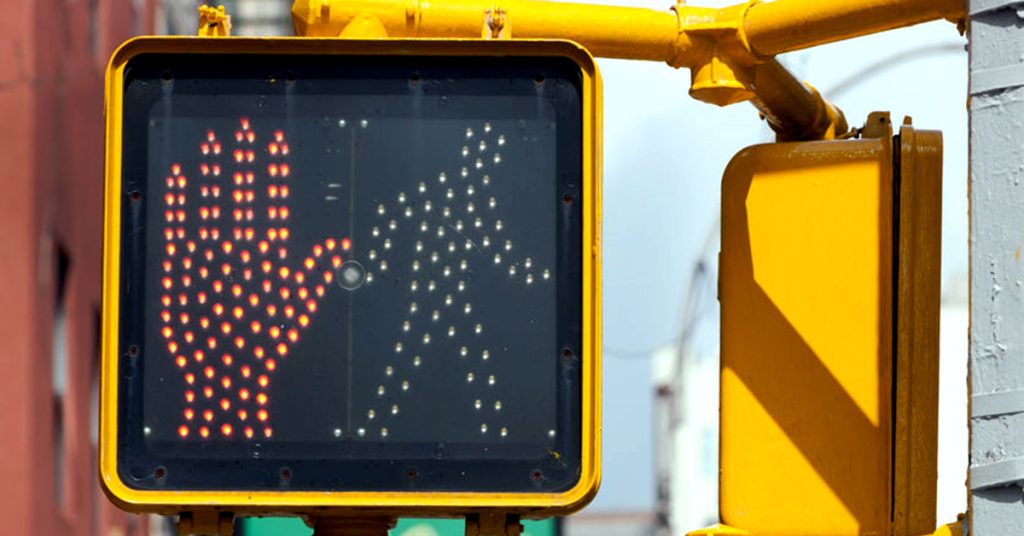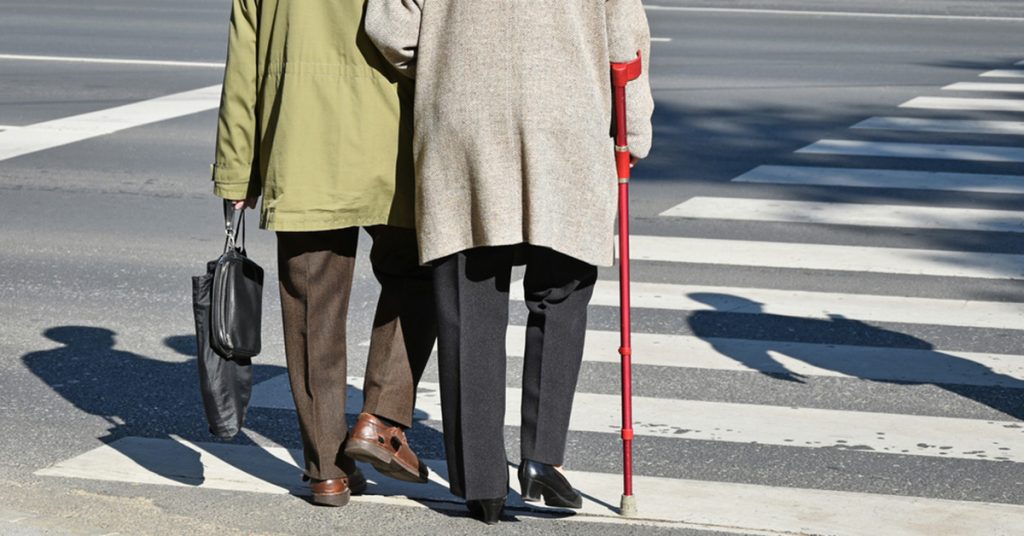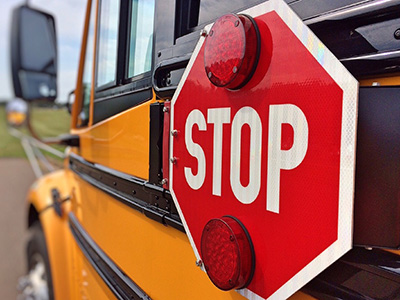Posts Tagged ‘Boston pedestrian accidents’
Drivers Making Unsafe Turns Cause Many Pedestrian Accidents in Intersections
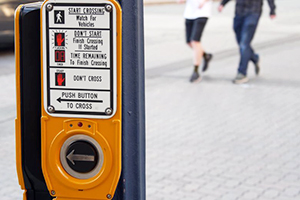 Many of us will head back to work and school in September and October, at least part time. Due to COVID-19 and our new schedules, some of us may choose to walk for the first time, instead of relying on public transportation. If you walk, use caution – especially in intersections.
Many of us will head back to work and school in September and October, at least part time. Due to COVID-19 and our new schedules, some of us may choose to walk for the first time, instead of relying on public transportation. If you walk, use caution – especially in intersections.
Nearly 20 percent of all traffic accidents result in pedestrian fatalities, according to the National Safety Council. An estimated 40 percent of all pedestrian accidents occur in intersections, according to the Federal Highway Administration (FHWA).
A few facts from a FHWA study on pedestrian accidents in intersections:
Drivers are making unsafe turns. According to this study, one in five pedestrian accidents at signalized intersections occurred when vehicles made unsafe turns.
Left-turning vehicles cause more pedestrian accidents at intersections. Pedestrians at signalized intersections are more likely to be hit by a left-turning vehicle. Researchers found 60 percent of drivers who hit pedestrians turned left, while 40 percent turned right. The FHWA researchers noted a driver’s view may be impeded more when turning left.
Pedestrians walk safer in groups. Researchers concluded that pedestrians walking in groups were less likely to be hit by left-turning vehicles than those walking alone. Again, this may be due to drivers being able to see pedestrians better. There was a notable difference – three out of four pedestrians hit by left-turning vehicles were walking alone.
Take Steps to Protect Yourself at Intersections
If you are a pedestrian, cars and trucks have the advantage in size. You have to assume drivers won’t always be able to see you as traffic moves. You also have to be prepared for negligent operators, who are speeding or allow themselves to become distracted.
You can take steps to protect yourself though. Purchasing a neon vest is a good place to start. If a driver can see you, they may be more likely to slow down. Also take advantage of technology. Use Google Maps or another traffic app to plan your walking route.
At intersections, look for crosswalks with pedestrian traffic signals. Wait for the walk signals before crossing. Drivers have a responsibility to yield the right of way to pedestrians in all marked crosswalks in Massachusetts. Yet pedestrian signals are more visible and can make a big difference in protecting pedestrians.
Drivers also have a responsibility to check for pedestrians (and cyclists) before turning at intersections. Studies have found that drivers are not looking enough – which is frustrating because more cars now have rearview mirror cameras to help them. Drivers need to be scanning the intersection more in front and behind for pedestrians and cyclists. This is critical in Boston, Cambridge and other cities because commercial truck drivers travel much higher up than pedestrians and cyclists and often, there is no eye contact. But truck drivers are not the only risk. Pedestrians have to be aware of all vehicles – SUVs, cars, buses. These drivers should also be paying attention to you.
Breakstone, White & Gluck – Boston and Cambridge Pedestrian Accident Lawyers
At Breakstone, White & Gluck, our Boston personal injury lawyers fight for justice for those who have been seriously injured by negligence or wrongdoing. With more than 100 years combined experience, our attorneys specialize in the representation of those injured in pedestrian accidents and bicycle crashes in Massachusetts. For a free legal consultation, call our attorneys today at 800-379-1244 or 617-723-7676 or use our contact form.
Beware: The Most Dangerous Pedestrian Street Crossings in Massachusetts
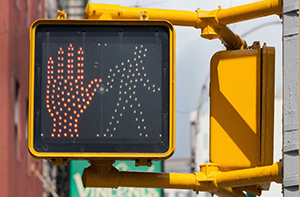
Pedestrians walk safer in Massachusetts communities which utilize pedestrian traffic signals to reduce the risk of crashes.
Pedestrian safety is always an important topic. But in Massachusetts, the topic is most critical during the winter months, when a large number of pedestrian accidents happen.
First, everyone on the road – drivers, pedestrians and cyclists – must use reasonable care and follow traffic laws. Then, take another careful look at intersections and school zones you travel through. Read traffic signs and find the crosswalk markings. They may not be as visible during snow conditions, at night or when a large truck is in the next lane. Make sure to stop well before the crosswalk.
Under Massachusetts law, pedestrians have the right of way when they are in a crosswalk and the “Walk” signal is operational. When there is no signal, drivers shall yield the right of way to pedestrians.
Finally, learn where pedestrian accidents and crosswalk accidents have happened in Massachusetts. Read the list below and take away any insights you can to protect yourself, older parents and young children.
Lynn
From 2007 to 2016, the Massachusetts Department of Transportation (MassDOT) reported the highest numbers of pedestrian crashes were in Lynn. The downtown area – the roads along Washington Street, Central Avenue and Union Street – saw a total of 321 pedestrian crashes, including 223 incidents which resulted in injury or death. There were another 98 crashes without injuries.
Chelsea
The area approaching the Tobin Bridge saw 260 pedestrian crashes over the same decade. The crash cluster included Chestnut Street, Cherry Street, Ash Street and Everett Avenue. These reports included 192 pedestrian crashes resulting in injury or death and 68 other incidents with no injury reports.
Fall River
MassDOT reported North Main Street and surrounding streets had the third highest number of pedestrian accidents. There were 143 pedestrian injuries and deaths. This cluster included North Main Street then stretched over Interstate 195 to Columbia Street, Hope Street, down to Peckham and Palmer streets.
Cambridge
Central Square is one of the busiest pedestrian walking areas in all of Massachusetts. Central Square and nearby streets ranked fourth for pedestrian accidents in Massachusetts. With 143 total crashes, this cluster includes Lansdowne Street and Hancock Street. This area is near the Central Square T stop, bus services and Cambridge city services.
Boston
With 134 pedestrian crashes, a stretch of downtown Boston ranked fifth for the most pedestrian accidents. This area included Boylston Street to the Mass Turnpike, Route 93 and Frontage Road. There were 84 crashes resulting in injury or death.
New Bedford
This Bristol County community saw 82 pedestrian crashes between Route 6 and Hawthorne Street, which is near the waterfront and Buzzards Bay. Of these, 65 crashes resulted in death or injury.
Quincy
There were 77 total crashes which injured pedestrians in downtown Quincy between 2007 and 2016. These pedestrian crashes happened along Hancock Street, between Elm Street and the corner of Washington Street corner. This area sits near Quincy City Hall, the Thomas Crane Public Library and National Park Service.
Worcester
85 Worcester pedestrian accidents were reported in a cluster of streets along Francis J. McGrath Boulevard. These streets included Southbridge Street, Charleton Street and Sycamore Street. Injury was involved in 55 of these Worcester pedestrian crashes.
New Bedford
Along Acushnet Avenue and Sawyer Street, approaching Interstate 195, there were 72 pedestrian accident reports. Of these, 55 pedestrian accidents involved injury or death.
Somerville and Cambridge
There were 69 pedestrian crashes reported in the traffic cluster around Davis Square in Somerville, just along the Cambridge border. Davis Square is where Highland Avenue converges with Holland Street, College Avenue, Dover Street and Day Street. Just a mile from Tufts University in Medford, Davis Square is an ideal commuter location, with an MBTA Red Line subway service into Boston and Cambridge.
About the Data
This data was published in the MassDOT 2016 Top Crash Locations Report, December 2018.
About Breakstone, White & Gluck
At Breakstone, White & Gluck, our attorneys provide experienced representation to those injured by negligent driving, including in pedestrian accidents and bicycle crashes. If you have been injured, learn your rights. For a free legal consultation, contact our attorneys at 800-379-1244 or 617-723-7676 or use our contact form.
New Federal Recommendations to Reduce Pedestrian Fatalities and Injuries
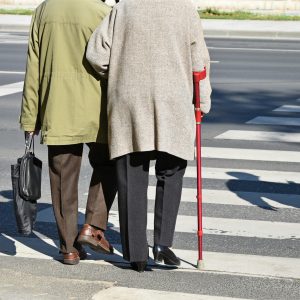 Pedestrians are facing a crisis on the roads, here in Boston and across the country. From 2009 to 2015, there was a 46 percent increase in pedestrian deaths across the U.S. (Source: National Highway Traffic Safety Administration).
Pedestrians are facing a crisis on the roads, here in Boston and across the country. From 2009 to 2015, there was a 46 percent increase in pedestrian deaths across the U.S. (Source: National Highway Traffic Safety Administration).
Now, the National Transportation Safety Board (NTSB) is stepping in with a comprehensive set of recommendations to improve safety, including: Read More
Expect Traffic Enforcement As Students Head Back to School in Massachusetts

With students back to school in Massachusetts, local police departments are stressing safety around school buses while stepping up enforcement of drivers who fail to stop for pedestrians in crosswalks.
If a traffic enforcement sting came to your community, how many drivers would be stopped and cited for unsafe driving? Would you be among them?
We ask these questions as students head back to school across Massachusetts, in communities from Boston and Cambridge to Plymouth and Brockton to Worcester and Springfield.
Police departments across the state have set up traffic enforcement over the past few weeks, focusing on drivers who are not stopping for pedestrians in crosswalks and school buses. A few of the communities include New Bedford, Attleboro and South Boston.
In South Boston, the surveillance followed the tragic death of a 2-year-old in a traffic crash. The child was being pushed in a stroller on the sidewalk, when a van and car collided. The van plowed onto the sidewalk, injuring and ultimately killing the young boy. A day after the crash, the Boston Police Department and Massachusetts State Police set up a traffic enforcement initiative focusing on crosswalk enforcement, speeding and other unsafe driving behaviors. Within a few days, officers had issued approximately 500 citations for traffic violations. This is a very telling number, one Massachusetts drivers can’t ignore.
Breakstone, White & Gluck is a Boston law firm which specializes in personal injury, medical malpractice and car accident cases. Our firm is committed to safety for children, giving away over 20,000 bicycle helmets to children in Massachusetts through our Project KidSafe campaign. With experience representing clients who have been injured in pedestrian crosswalk accidents and other traffic crashes, we offer these tips for safe driving:
Slow down at crosswalks. Students who walk to school may have a crossing guard help them across the street. Always slow down as you approach crossing guards and children. Make eye contact with the crossing guard and assume you should stop. The crossing guard will wave you through when it’s safe to go.
But even when there is no crossing guard, drivers must stop for pedestrians in the crosswalk when there is a “Walk” or green signal. Other times, drivers have a responsibility to yield the right of way by slowing or stopping for pedestrians in the crosswalk. This includes times when pedestrians are in the crosswalk on the same side as the driver and when pedestrians are approaching from the other half of the lane and within 10 feet. There is a $200 fine for crosswalk violations in Massachusetts.
The best thing to do is approach crosswalks slowly and stop if you see anyone even near the entrance of the crosswalk. If you can, make eye contact with them, then wave for them to go. Depending on whether other cars stop, they may not be able to immediately cross. You may need to be patient for a few moments.
M.G.L. c.89 § 11 is the law governing pedestrian rights in crosswalks in Massachusetts. Read more about the law.


